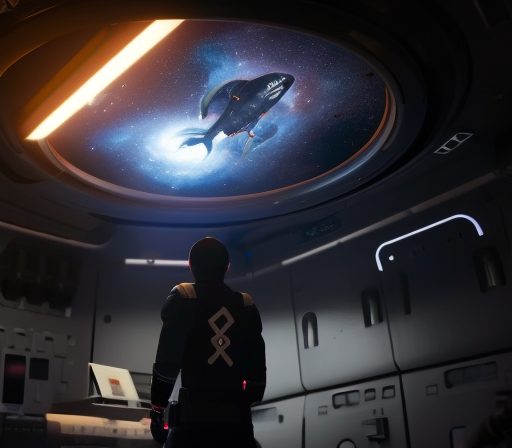Physical Address
304 North Cardinal St.
Dorchester Center, MA 02124
Physical Address
304 North Cardinal St.
Dorchester Center, MA 02124

1. Summarizing the key points and achievements of Microsoft ORCA.
2. Reflecting on the importance of ORCA’s breakthrough in learning from explanations.
3. Considering the potential of ORCA and open-source AI for future advancements.
4. Concluding remarks on the significance of ORCA in shaping the future of AI.
In conclusion, ORCA, the revolutionary AI model developed by Microsoft, has made significant strides in the field of AI. By learning from complex explanation traces generated by the larger GPT-4 model, Microsoft ORCA has surpassed other smaller models in terms of reasoning, comprehension, and transparency. Its achievements and advancements have far-reaching implications for the future of AI.
ORCA’s performance in benchmark tests showcases its superior capabilities. It has outperformed models of similar or larger sizes, demonstrating its proficiency in tasks such as natural language inference, image captioning, question answering, and text summarization. These benchmark results validate the effectiveness of ORCA’s approach and highlight its exceptional reasoning and problem-solving abilities.
The breakthrough of ORCA lies in its ability to learn from explanations, which sets it apart from mere imitations of larger models. Explanation traces provide detailed insights into the reasoning process, making AI models more transparent, interpretable, and trustworthy. ORCA’s utilization of explanation traces enhances its own reasoning and comprehension, resulting in more accurate, relevant, and explainable outputs.
Furthermore, ORCA’s success signifies the potential of open-source AI. With its impending open-source availability, ORCA will empower researchers and developers to leverage its capabilities, customize it to their specific needs, and contribute to the advancement of AI research and applications. Open-source AI fosters collaboration, innovation, and knowledge sharing, driving the field forward and enabling broader accessibility to advanced AI capabilities.
The achievements, coupled with the broader implications of learning from explanations and the potential of open-source AI, shape a promising future for AI research and development. ORCA’s breakthrough inspires further exploration and innovation in the field, pushing the boundaries of reasoning, comprehension, and transparency in AI systems.
By combining the strengths of larger models with the accessibility and efficiency of smaller models, Microsoft ORCA has showcased exceptional reasoning, comprehension, and transparency. Its performance in benchmark tests has exceeded expectations, outperforming models of similar or larger sizes in various tasks. ORCA’s breakthrough in learning from explanations not only enhances its own capabilities but also opens up new possibilities for the future of AI. As ORCA paves the way for open-source AI, researchers and developers can harness its power, customize it, and contribute to the advancement of AI research and applications. With each stride forward, this tool shapes the landscape of AI, fostering transparency, accountability, and a deeper understanding of the reasoning behind AI systems. The journey of ORCA exemplifies the potential and promise of AI, where intelligence and accessibility converge to unlock endless possibilities for innovation and progress.
Information Sources: